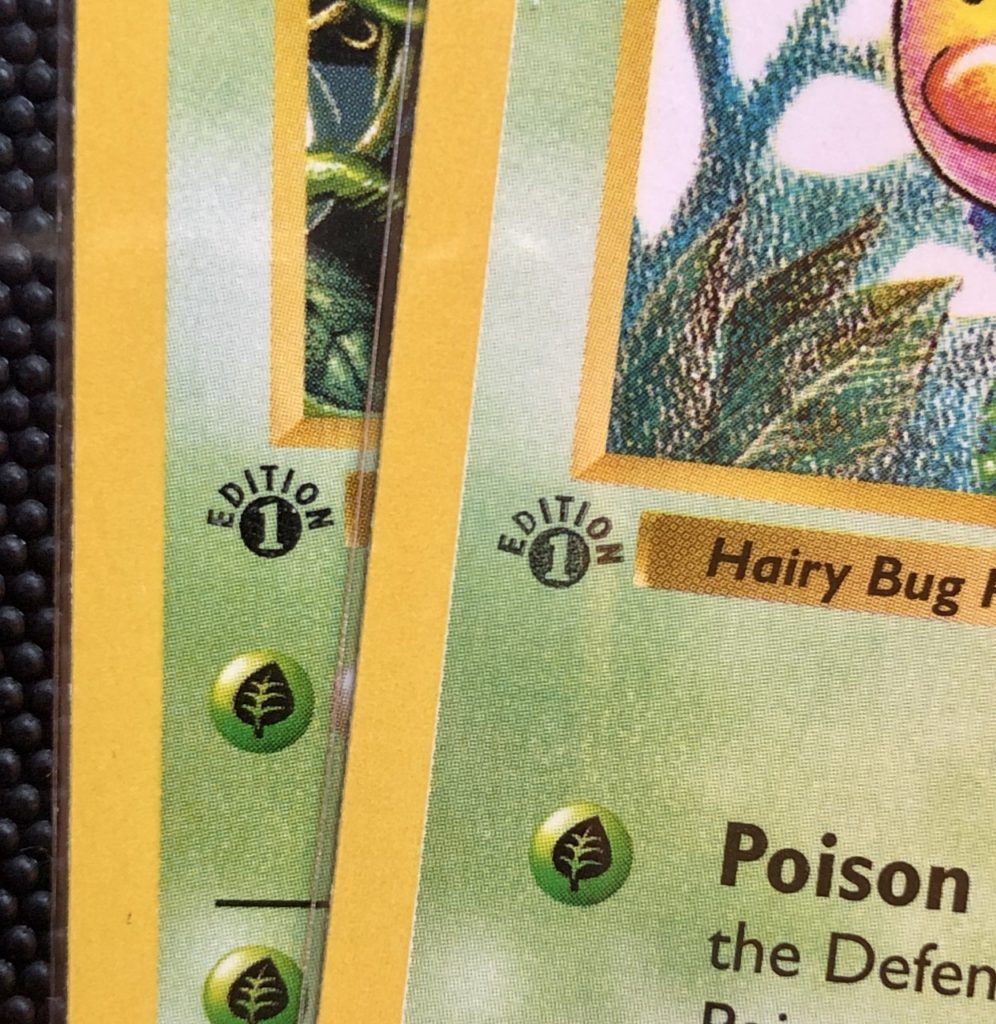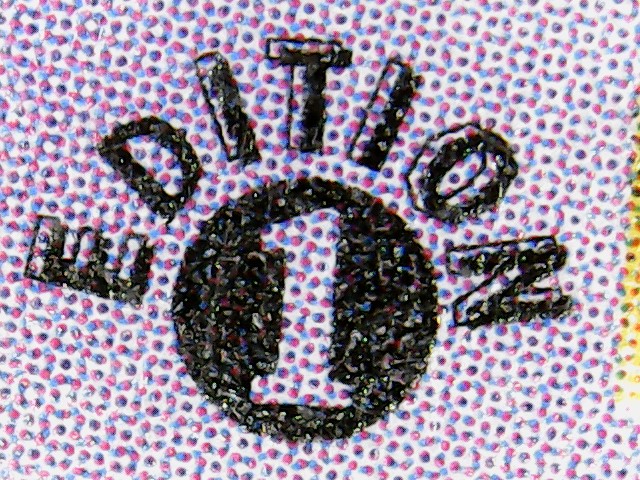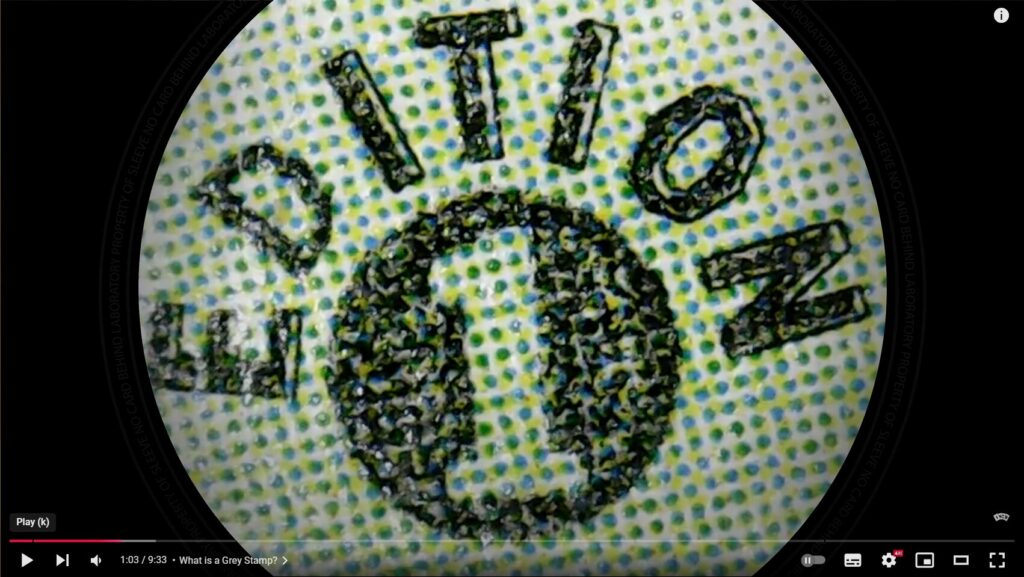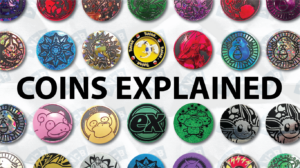What Is A Grey Stamp Pokémon Card?
-
By: Oliver Copeland
- Published:
- Last Updated: November 29, 2024
The 1st edition ‘stamp’ on a Pokémon card is so highly sought-after that it can 5X the value of a card. But the grey 1st edition stamp is even more rare and desired by collectors. You may be wondering what ‘grey stamp’ even means.
What is a Grey Stamp?
The ‘grey stamp’ refers to some Pokémon cards that were printed with a grey 1st edition symbol instead of the typical black symbol. This was an error in the manufacturing process.
Yes, the stamp in question here is the 1st edition symbol that is present on many vintage Pokémon cards from the Wizards of the Coast (WotC) era.
In the early days of Pokémon cards, the first shipments to retailers included 1st edition cards. Only a limited amount of 1st edition cards are printed, then the factory removes the stamp.
This had nothing to do with the trading card game itself but lit a fire under the hardcore collectors. Today, we often see 1st edition cards sell for a premium when compared to their ‘unlimited’ counterparts.

If you’re curious about the history of Pokémon cards, you’ll know that there are hundreds of misprints and errors that occurred during the manufacturing process. One small mistake that has generated a huge buzz among collectors is the grey stamp.
Most of the grey stamps discovered to this day belong to Base Set cards. This was the first expansion to be released in English in 1999.
However, a lesser amount of grey stamps have been discovered on cards from other expansion sets, such as the Neo series expansions.
Why Did It Happen?
The cause of the grey 1st edition stamps is still speculation, as it probably always will be. But there is some strong evidence presented by many smart community members that leads us in the right direction.

Theory 1: Low ink.
This one is self-explanatory but basically, the theory is that the supply of ink was low for some period of production, or perhaps it was a recurring issue.
The cards are printed first, and then run through another process in order for the 1st edition stamp to be applied. This is why the card may have other deep blacks on it (such as text) but end up with a grey stamp.
This is just like any other stamp that runs low on ink, you end up with a diluted or washed-out result.
Theory 2: Wet ink.
The theory here is that the ink did not have enough time to dry before the cards were stacked together to be inserted into a booster pack.
The biggest piece of evidence here is that some 1st edition Base Set cards can be found with vague 1st edition stamps mirrored on the reverse. This may have occurred from the cards being stacked on top of each other when the 1st edition stamps were still wet.
Theory 3: Die pressure.
The die is what most people would refer to as the “stamp”. It is a metal piece that would be on a roller that the sheets of cards would be fed through. Some speculate that the pressure of the die was not quite enough to apply a sufficient layer of black ink to the cards.
Whatever theory you subscribe to, all suggest one thing: grey stamps occurred during the early stages of English Pokémon card printing.

In the image above, you can see a grey 1st edition stamp under a microscope. The ink is weak, and you can actually see right through it in some places. This is why it appears grey to the naked eye.
If you’ve ever worked in a factory or production environment, you’ll know that things go wrong all the time, especially when a new product or piece of equipment is introduced. It’s fair to assume that the grey stamp is a result of early manufacturing difficulties.
But grey stamp Pokémon cards have been discovered on more than just the Base Set cards.
It’s true, many other expansion sets have grey-stamped cards in them as well. However, none are as plentiful as Base Set. I believe it’s fair to say that the Base Set grey stamps are plentiful due to working out the kinks in the process, and the other expansion’s grey stamps are odd occurrences that just happened from time to time.
How Valuable are Grey Stamp Pokémon Cards?
This of course will depend on the card itself.
There are 102 cards in the 1999 Base Set, with 16 holo cards. The holo cards are going to fetch a much larger price than the non-holos, but the starters (Bulbasaur, Charmander, Squirtle, Pikachu) will also be valuable.
That being said, collectors will pay extra for a grey stamp. How much extra is determined by the rarity of the card. A Voltorb (common) with a grey stamp might be worth an extra few bucks, but a Blastoise (holo rare) can be worth $1000+ more if it has a grey stamp.
And of course, a grey stamp Charizard is going to add five figures to the sale price.
But sometimes, none of this is true at all. Let me explain…
Grey stamps are niche, so niche in fact, that most people don’t know about them or even notice them. And if you’re not aware of it, you might never notice it!
For this reason, grey stamp cards often pass through eBay, changing hands, and getting traded, all without ever being identified. So for a grey stamp card to fetch extra value, it has to be known as a grey stamp and the buyer has to be a grey stamp collector. Cool stuff! (sorry, I geeked out there).
Where Can You Find Grey Stamp Cards?
1st edition cards are rare, and only some of them are grey stamp cards, so it can be difficult to track down each one.
eBay is your best bet if you want to browse some grey stamp cards right now. But other options include the regular online marketplaces you’d usually use.
Most sites won’t let you choose ‘grey stamp’ from the filters, so you’ll have to browse images manually. Don’t skip the listings that are missing the keyword ‘grey stamp’ because, as mentioned, many sellers don’t even realize what it is.
In the past I have ordered 1st edition cards from tcgplayer.com, only to receive a couple of grey stamps. A pleasant surprise if you ask me.
Conclusion
Hunting for a grey stamp Pokémon card is a long arduous task. It will be expensive, and painful, but ultimately rewarding. This is a niche within a niche for the most interested vintage collectors. If you’ve read this article and had your interest piqued, congratulations, you’re one of us now.
Next time someone asks you, “What is a grey stamp Pokémon card?” it will be your turn to pass the torch and welcome a newcomer.

Hi, I'm the founder of Sleeve No Card Behind. I hope you enjoyed your read and learned something. Learn more about me on the About page.




